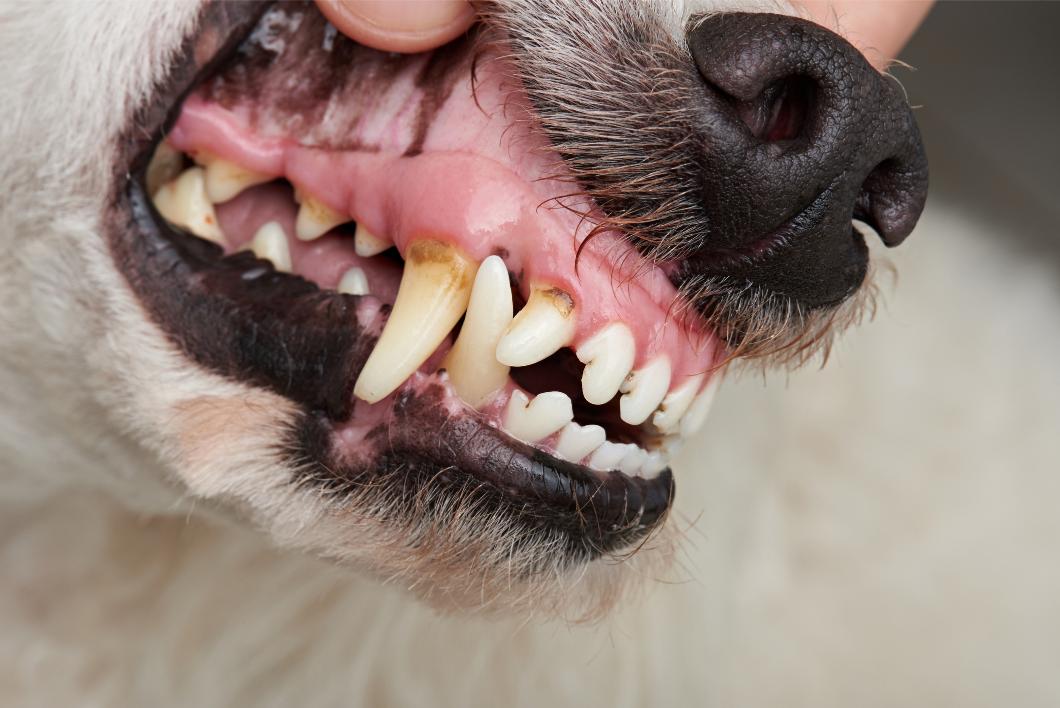Preventing Pet Dental Disease

Pets can experience oral health issues similarly to people, and at Sunrise Boulevard Animal Hospital, there are some common pet dental diseases that we diagnose often. Are you familiar with the types of dental disease in pets and how to prevent them?
Common Pet Dental Diseases
Pet dental disease in pets are a common health concern that can significantly affect overall well-being. Understanding what they are and how they impact your pet is essential. The following is all a part of your pet’s overall oral health:
- Periodontal disease — Periodontal disease is the most common pet dental disease. It affects the structures that support the teeth including the gums and bone. Plaque, which hardens into tartar if not removed, leads to inflammation, or gingivitis. This can progress to periodontitis, where the tissues and bone surrounding the teeth become diseased. Pets with periodontal disease may have bad breath, red or bleeding gums, difficulty chewing, or even tooth loss.
- Tooth fractures — Tooth fractures can result from chewing on hard objects or other trauma. They can range from minor chips to severe breaks, but if the inner pulp is exposed, infection can result. The affected tooth may require extraction or treatment like a root canal to preserve oral health and comfort.
- Tooth resorption — Tooth resorption is a condition primarily seen in cats, but can occur in dogs as well. Also called resorptive disease, it involves the disintegration of the tooth itself. The cause of tooth resorption is not fully understood, but it can be very painful. It could also lead to the eventual loss of the affected tooth. Pets with this condition might show signs of discomfort while eating, excessive drooling, or pawing at their mouths.
- Tooth decay — Tooth decay, more commonly described in humans as a cavity, is less common in pets due to differences in oral bacteria and diet. Symptoms may include visible dark spots on the teeth, sensitivity, or reluctance to eat hard food.
Preventing Periodontal Disease in Pets
Preventing periodontal disease in pets as well as other dental problems is possible with consistent care and a proactive approach. By taking steps to maintain your pet’s oral health, you can reduce the risk of painful and serious dental problems. Here are some effective strategies to support a healthy mouth:
Educate Yourself
Understanding dental disease in pets is the first step. Most of our patients show signs of dental disease by the age of two or three, and it often develops without obvious symptoms at first. Regularly check your pet’s mouth, especially the back teeth, where early signs like tartar buildup or gum inflammation often appear. Familiarizing yourself with what a healthy mouth looks like can help you spot problems early.
Start a Home Dental Care Routine
Home dental care is one of the best ways to prevent plaque and tartar buildup. Brushing your pet’s teeth regularly with a pet-safe toothpaste is highly effective. If you’re unsure how to start, we’re happy to help teach you the proper techniques.
Explore Dental Health Products
Not every pet tolerates tooth brushing, but there are other ways to support dental health. The Veterinary Oral Health Council (VOHC) approves products like dental chews, oral rinses, and prescription diets that can help reduce plaque and tartar. These products can be tailored to your pet’s specific needs and preferences.
Schedule regular veterinary visits
Annual wellness exams are vital for your pets overall health and an excellent opportunity to assess their dental condition. During these visits, we can evaluate your pet’s oral health, recommend appropriate treatments, and discuss when professional dental cleanings might be needed.
Dental disease is common in our pets, but with your care and our support, we can keep your pet’s mouth healthy and pain-free. Together, we can ensure your furry friend enjoys a lifetime of good oral health.
